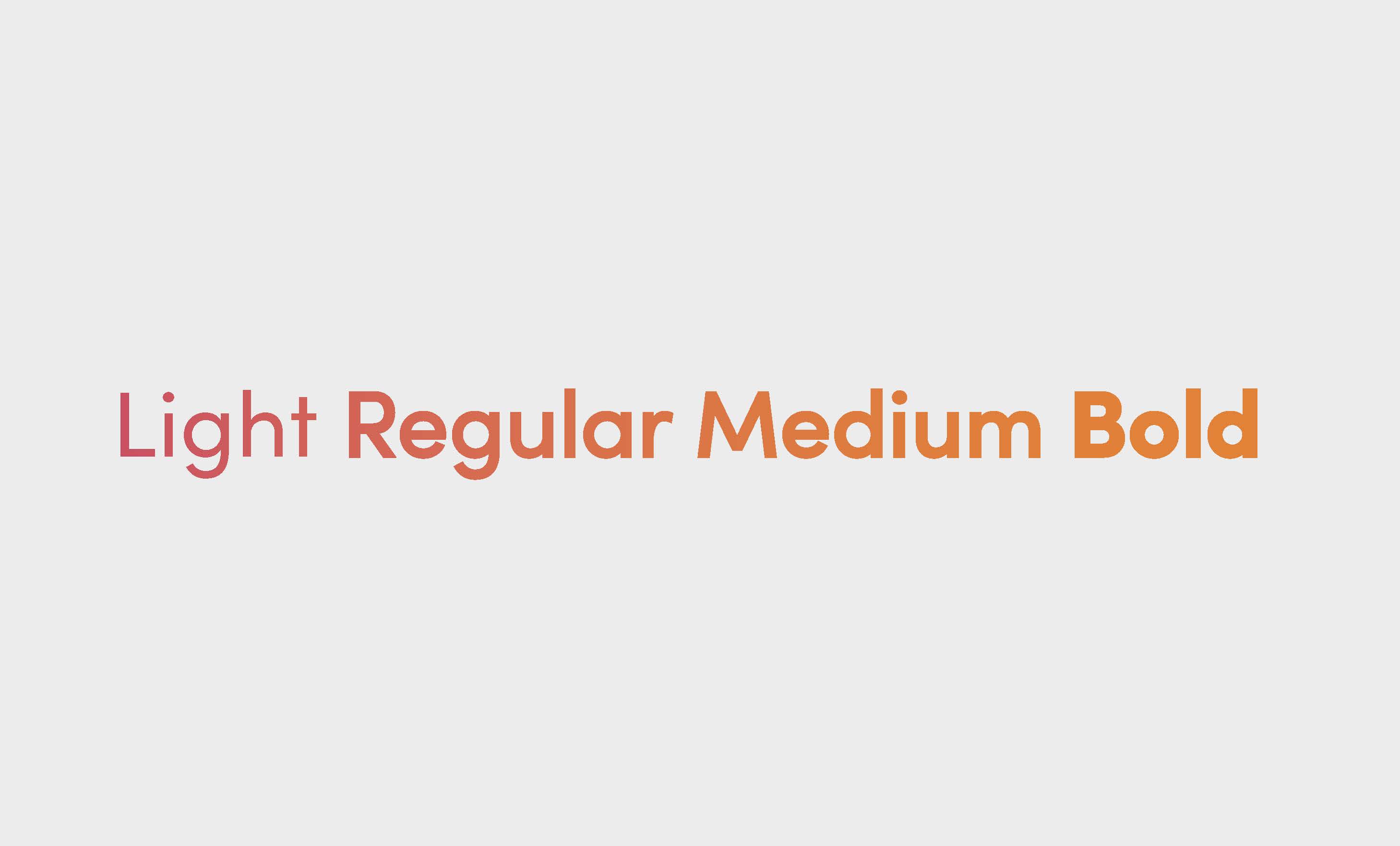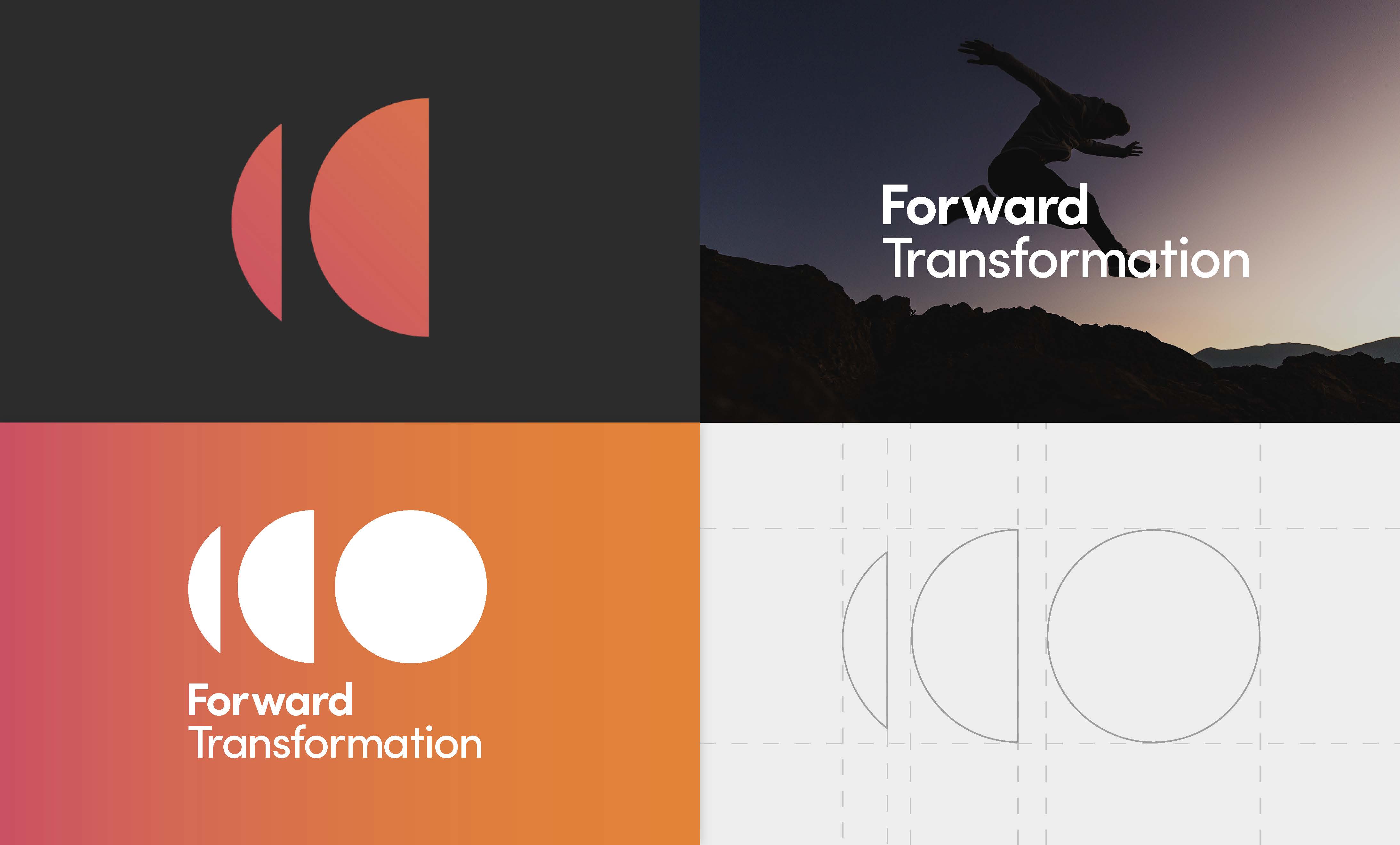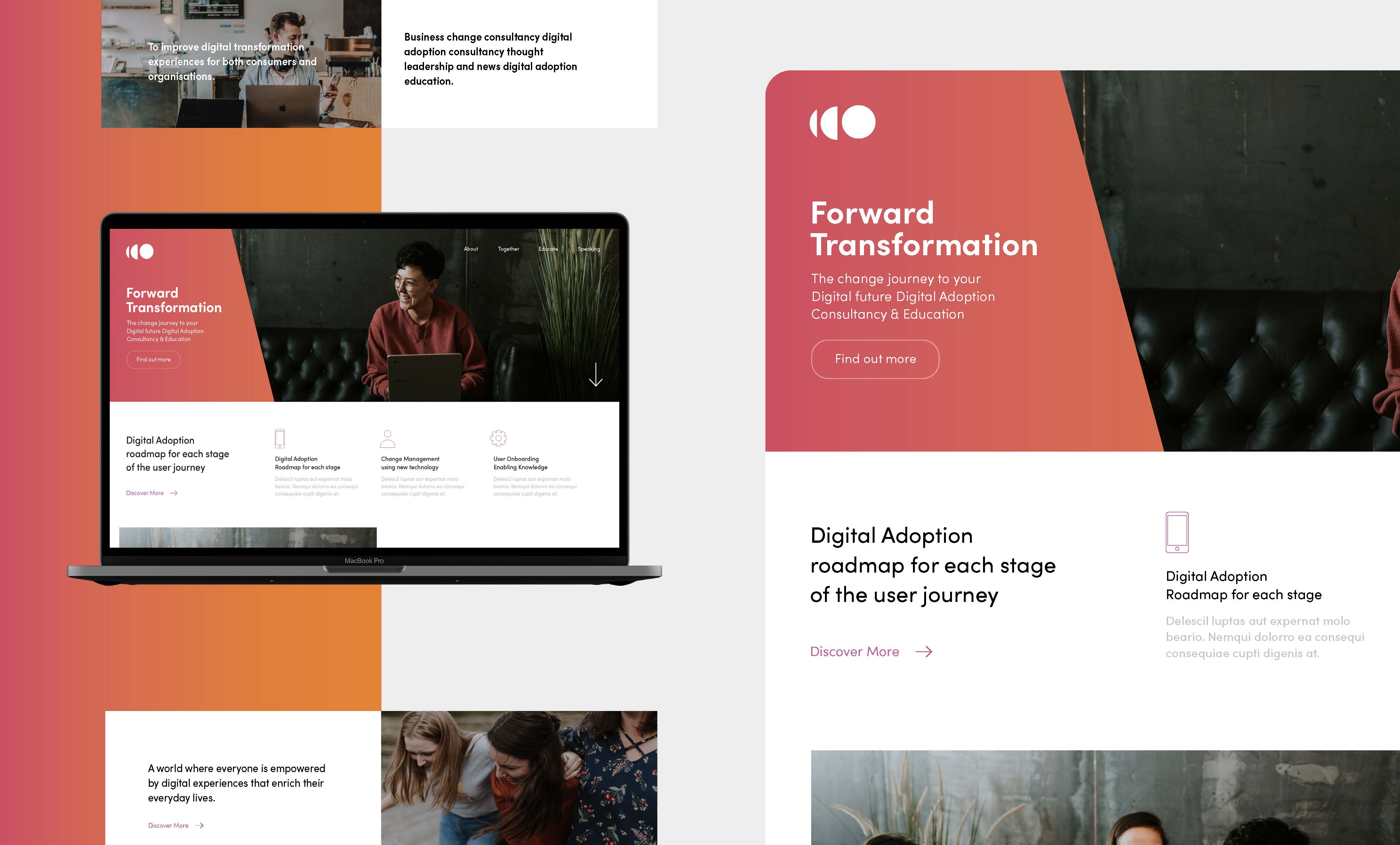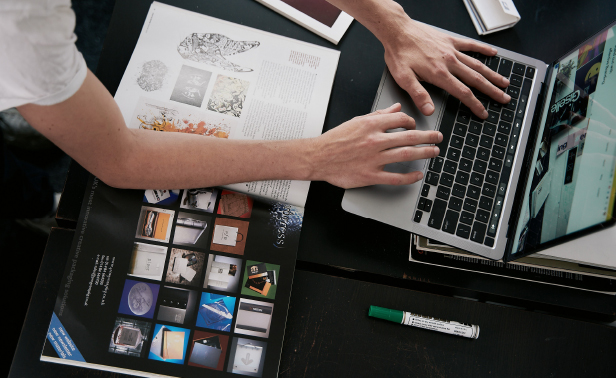Building trust and reliability are pivotal goals for any Brand. However, accomplishing these qualities can present a significant challenge. In this blog post, we will delve into the ways in which Design and Branding play a vital role in reflecting and enhancing reliability and trustworthiness. By exploring key elements such as fonts, colours, logos, and websites, we aim to provide valuable insights for individuals interested in establishing and reinforcing their Brand Identity.
Fonts
When it comes to fonts, consistency is paramount. By maintaining a consistent typographic format throughout your brand, you subconsciously reassure viewers of your reliability and trustworthiness. A consistent font selection conveys stability and a grounded approach to your messaging. It can transform your branding from being loose and confused to something more concise and structured. Additionally, consistent typography enhances organisational qualities, demonstrating that your message, like your typography, is to be trusted. Whether it’s the size, weight, or style of your fonts, careful attention to typographic detail can significantly impact the perception of your brand’s reliability.

Colours
Colours have a profound impact on human psychology and can elicit specific emotions and associations. By consistently using colours in your branding, you establish a visual language that resonates with your audience. Aligning your RGB colours as closely as possible for both print and Pantone purposes ensures brand cohesion and integrity. Understanding the psychology of colours enables you to strategically select hues that convey reliability and trust. For instance, green buttons are associated with reliability and can encourage purchasing decisions, while red buttons create a sense of urgency, ideal for driving impulse buying. By harnessing the power of colour psychology, you can create a visual experience that deepens trust and enhances brand perception.
You can read more about colour phycology and how it can effect your brand here.

Logo
Your brand’s logo is its visual ambassador, representing the essence of your entire business. A captivating logo instantly grabs attention and serves as a powerful symbol. The fonts used within your logo play a crucial role in expressing meaning, evoking emotions, and creating associations. Every element, from letterforms to typography choices, contributes to the overall impact of your logo. By carefully considering the design elements, a food brand might opt for big capital letters in a chunky font to evoke feelings of fullness and abundance, while an elegant pen brand might choose a sleek, handwriting-inspired typeface. Designing a logo that aligns with your brand’s core values and resonates deeply with your target audience is instrumental in establishing trust and credibility.

Website
In today’s digital age, your website serves as the primary touchpoint for potential customers. It is vital to ensure that your website aligns seamlessly with your branding and delivers a cohesive user experience. When someone reviews your PDF proposal and follows a link to your website, the branding should consistently match, creating a sense of familiarity and trust. By implementing simple yet effective marketing strategies, such as aligning colour schemes, fonts, and overall design aesthetics, you enhance trust, reliability, and brand recognition. A well-designed and user-friendly website showcases your commitment to professionalism and attention to detail, leaving a lasting positive impression on visitors.

Conclusion
Design and Branding are powerful tools in building trust and reliability for your brand. By maintaining consistency in fonts, leveraging the psychology of colours, crafting captivating logos, and ensuring brand integrity across your website, you can effectively communicate trustworthiness to your audience. These design elements, when thoughtfully implemented, contribute to a strong brand.

